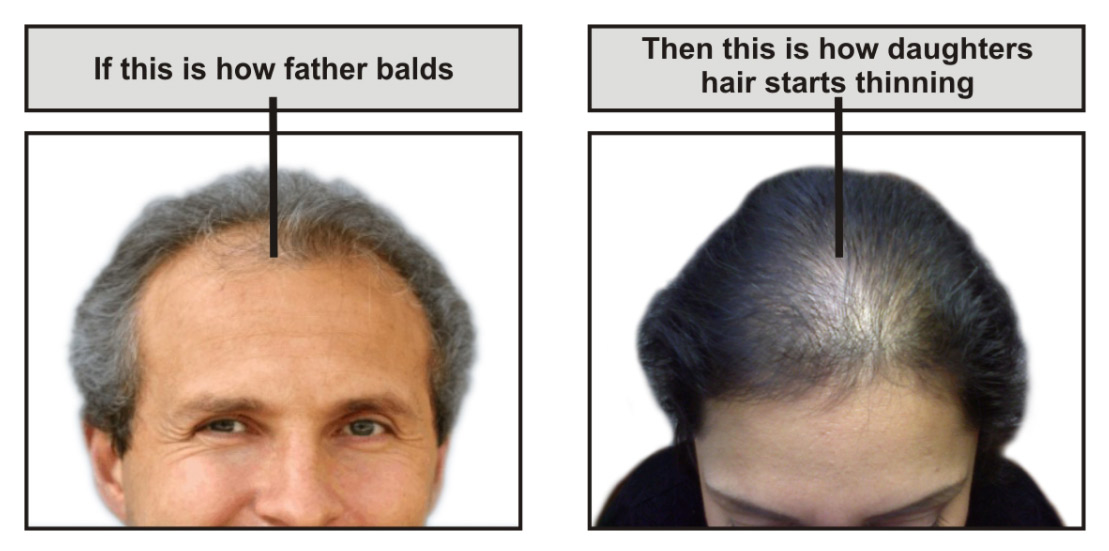HAIR LOSS IN WOMEN – FEMALE PATTERN BALDNESS
Female Pattern Baldness – Women’s Hair Loss
Women are increasingly catching up with men in the field of baldness. Although the risk factors are common for both men and women, in the earlier days women were not as prone to baldness as men. The reason being, the presence of estrogen and progesterone has a protective effect on hair and enables good growth. Furthermore in earlier times women mostly stayed indoors and were not exposed to environmental triggers. Therefore even with hereditary tendencies, women did not suffer from baldness easily. On the other hand, men have not only been weighed down by hereditary influences but have also been exposed to outside triggers like work pressure, pollution, change of water and thus baldness developed faster in men. But the scenario now has changed. Recent reports have shown increasing incidences of Female pattern baldness in women. This may be a sign of changing times as more and more women are now getting out of homes, taking up challenging roles, traveling overseas & getting exposed to the same outside triggers and are therefore becoming as vulnerable to baldness as men. In fact women are not only going bald faster but also at a younger age.

What are the symptoms of Pattern Hair loss in women?
Female pattern baldness is the most common form of baldness seen in women. In this there is not much hair loss, but each hair progressively starts thinning out. This is called miniaturization in which the individual hairs start decreasing in size, in diameter and in length until they eventually disappear, making the scalp visible.
The hair thinning goes undetected in the early stages due to the length of the hair but progressively gets worse which is also referred in American Academy of Dermatology Association. The woman is often not sure whether to worry or not till it is too late. This is where a Tricho Analysis can help. It can detect these initial signs of hair thinning so that a suitable line of treatment can be started in the early stages.



